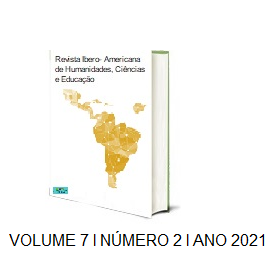SOCIO-ENVIRONMENTAL IMPACTS CAUSED BY TRANSNORDESTINA IN THE MUNICIPALITY OF BREJO SANTO-CE
DOI:
https://doi.org/10.51891/rease.v7i2.594Keywords:
Line of Iron. Environmental Quality. Quality of Life.Abstract
The present article is resulted of a preliminary analysis concerning some partner-environmental impacts that they harm the life quality and the environmental quality of the resident populations in the Neighborhoods Renê Lucena I and II, Alto da Bela Vista and Sítio Lagoa do Mato I These three communities are directly related with Ferrovia Transnordestina's implantação and the respective alterations observed in the social and ecological way, besides obtaining data regarding the economic, cultural factors, public safety and technical aspects of the work. A conceptual discussion is presented in relation to the right to a balanced and healthy atmosphere, delineating proposed that attenuate the impacts after the process of License of Installation and of Operation of the same.
Downloads
Downloads
Published
How to Cite
Issue
Section
License
Atribuição CC BY

